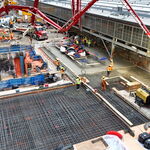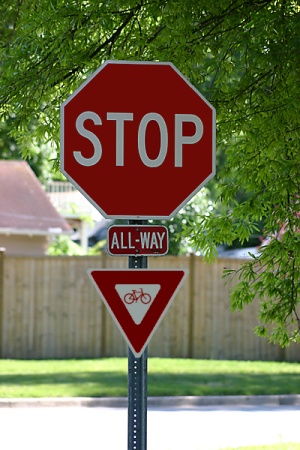Pennsylvania Enacts 4-Foot Passing Law, Nabs Violator on First Day
by Angie Schmitt
Currently
20 states have laws on the books requiring motorists to give cyclists a three-foot berth when passing. Pennsylvania was the latest state to join the club this week, and did so with a flourish.
The commonwealth upped the ante by enacting a four-foot passing requirement. One of the common criticisms of laws like this one is that they aren’t enforced. But Pennsylvania didn’t waste any time, according to this report from Richard Masoner at Network blog Cyclelicious:
Pennsylvania’s 4 foot bicycle passing law went into effect on Monday this week. The law claimed it’s first hapless victim on Monday afternoon, when a 17 year old driver was ticketed for failing to pass with four feet after he rear ended a cyclist on the Fahy Bridge in Bethlehem, PA.
The bike was mangled in the collision and cyclist Frank Pavlick was bruised and scraped. Pavlick runs the Coalition for Appropriate Transportation’s Bethlehem Bicycle Cooperative. Bicycle advocates in Bethlehem have petitioned for “Bikes May Use Full Lane†signs on the narrow lanes of the bridge since cyclist Patrick Ytsma was struck and killed last December.
The driver (who is not named in this news report) tried to leave the scene of his crime and was charged with attempting to flee. A bus driver saw the crash and maneuvered his bus to stop the driver from leaving, while another car driver parked his car behind the criminal scofflaw to prevent him from backing out.
Nice to read about a cyclist getting justice for a change. Great job to all the people who had a hand in making this happen in PA!
Elsewhere on the Network today: How We Drive searches for truth in the “waiting in traffic to get to the gym†meme. Alex Block reports that, in a major new trend, sprawling suburbs are becoming dominated by renters. And Transport Nexus notes that even disasters like the I-35 bridge collapse in Minneapolis and the levee breach in New Orleans don’t seem to be inspiring America to repair its infrastructure.









